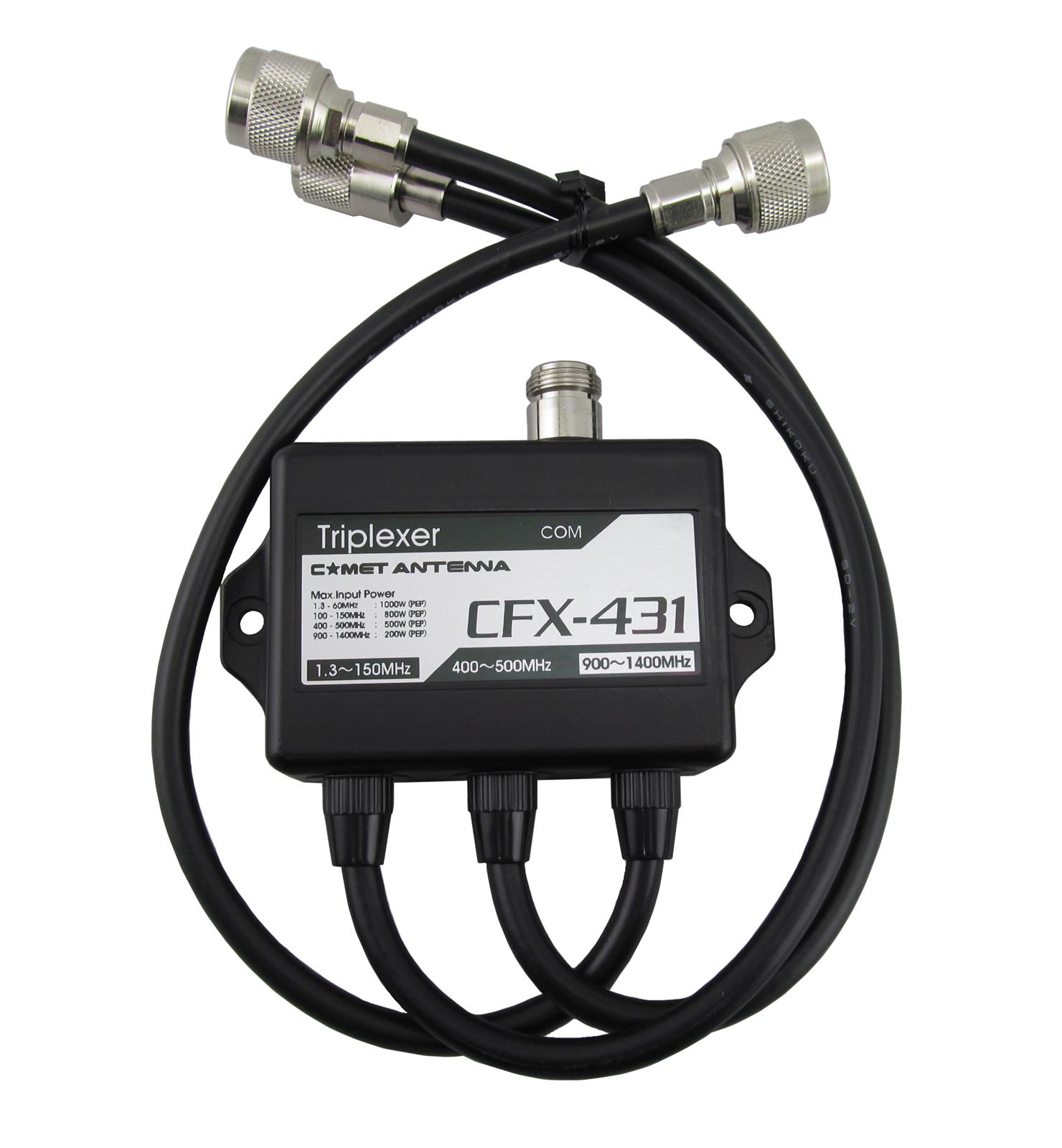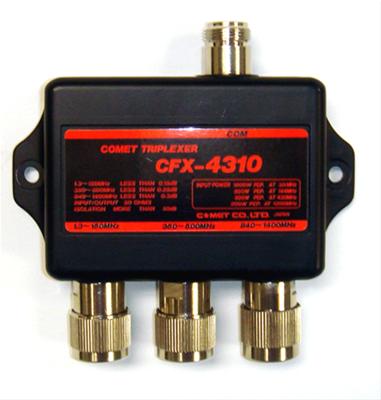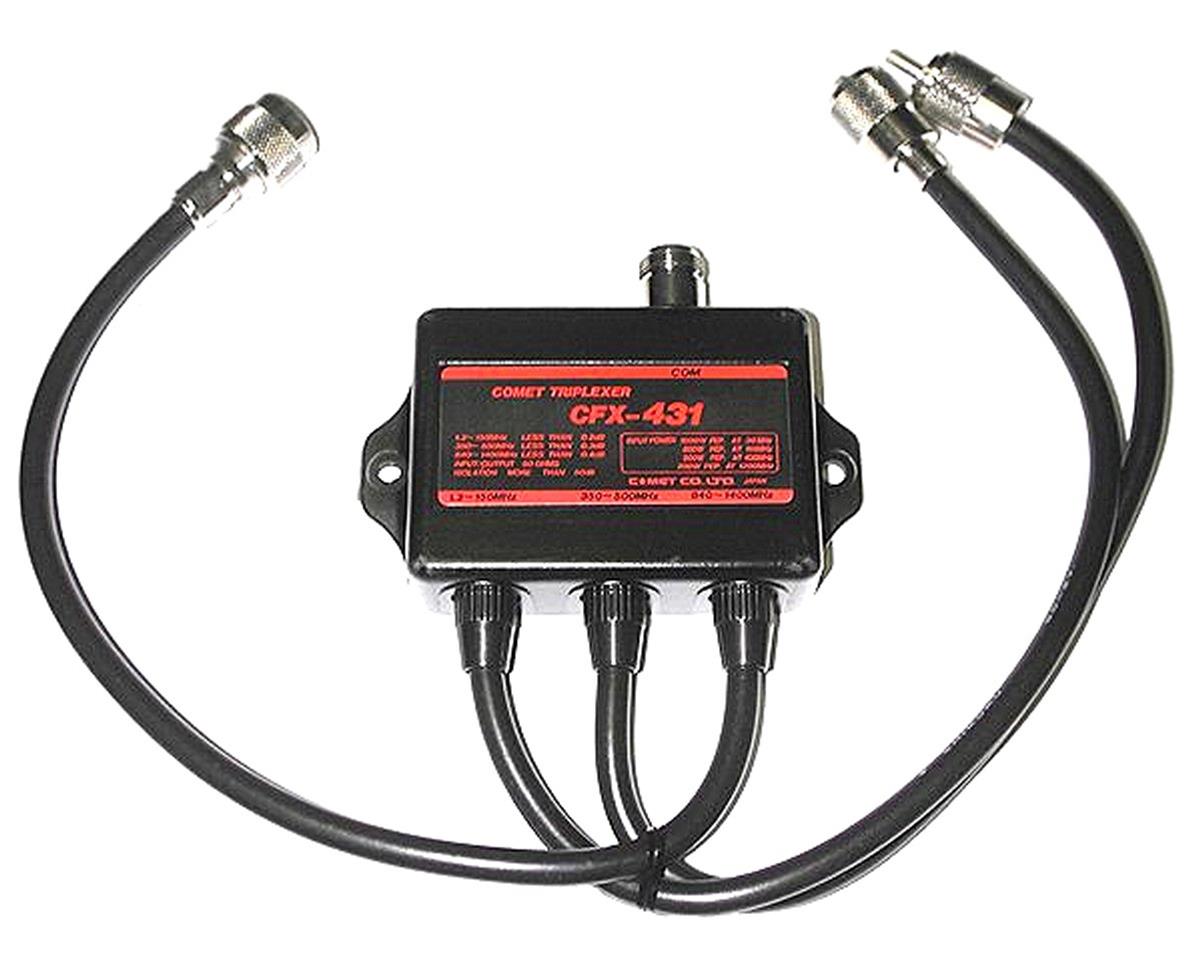I'm looking to connect 3 different antenna's into my Uniden BCD536HP or my RTL-SDR(I'm upgrading to an RSPduo soon.)
There are three different things I'm trying to listen to;
VHF Ham Band and the VHF Public safety band: 136-174 Mhz.
UHF Business Band: 460-470 Mhz.
700/800 Mhz Public safety: 769-860 Mhz.
I have a Diamond D130NJ Discone antenna that I will use for the VHF portion,
Either a Comet CA-F72GF or a Comet CA-712EFC for the UHF Business Band portion,
And a L-COM HGV-706U for the Public Safety portion.
Questions:
First off, is this even possible?
Does a triplexer exist that can do this and is it even called a triplexer?
If it does not exist, is there a Diplexer(duplexer?) that exists that can join together the UHF business band and 700-800 public safety band?
I'm only looking to receive signals, not transmit.
Please help
thanks
There are three different things I'm trying to listen to;
VHF Ham Band and the VHF Public safety band: 136-174 Mhz.
UHF Business Band: 460-470 Mhz.
700/800 Mhz Public safety: 769-860 Mhz.
I have a Diamond D130NJ Discone antenna that I will use for the VHF portion,
Either a Comet CA-F72GF or a Comet CA-712EFC for the UHF Business Band portion,
And a L-COM HGV-706U for the Public Safety portion.
Questions:
First off, is this even possible?
Does a triplexer exist that can do this and is it even called a triplexer?
If it does not exist, is there a Diplexer(duplexer?) that exists that can join together the UHF business band and 700-800 public safety band?
I'm only looking to receive signals, not transmit.
Please help
thanks




